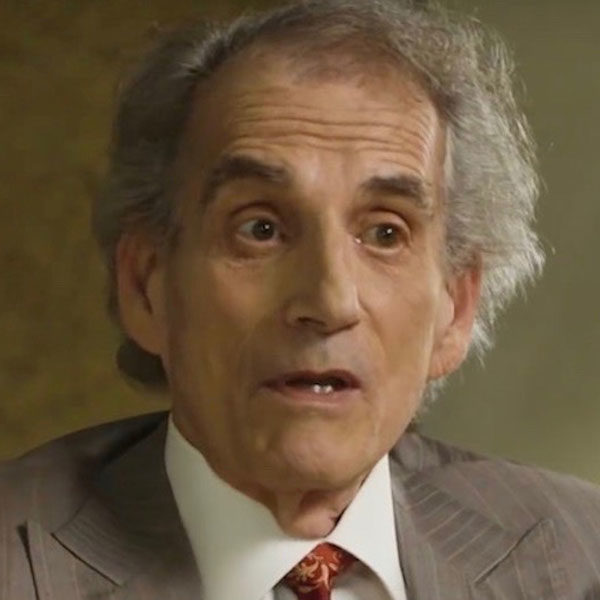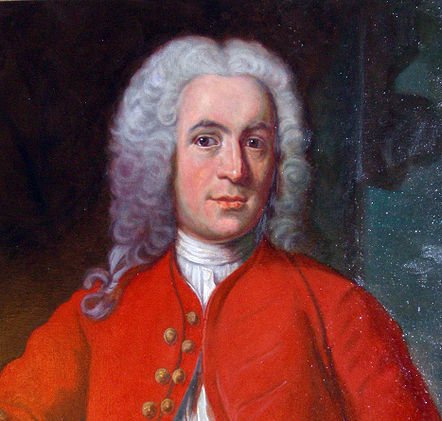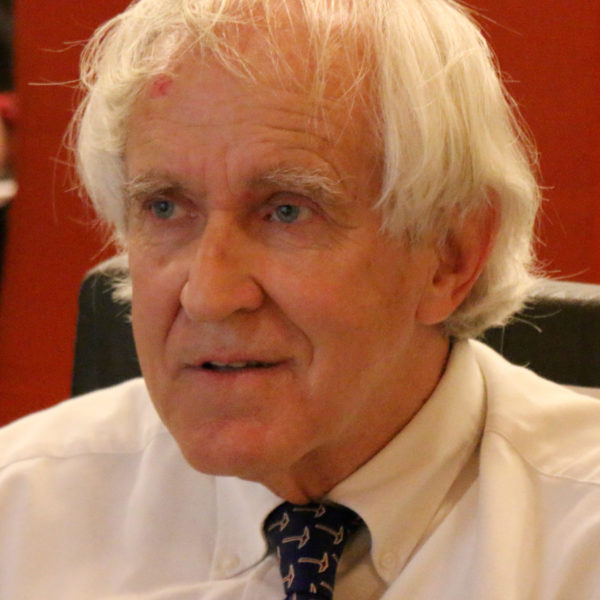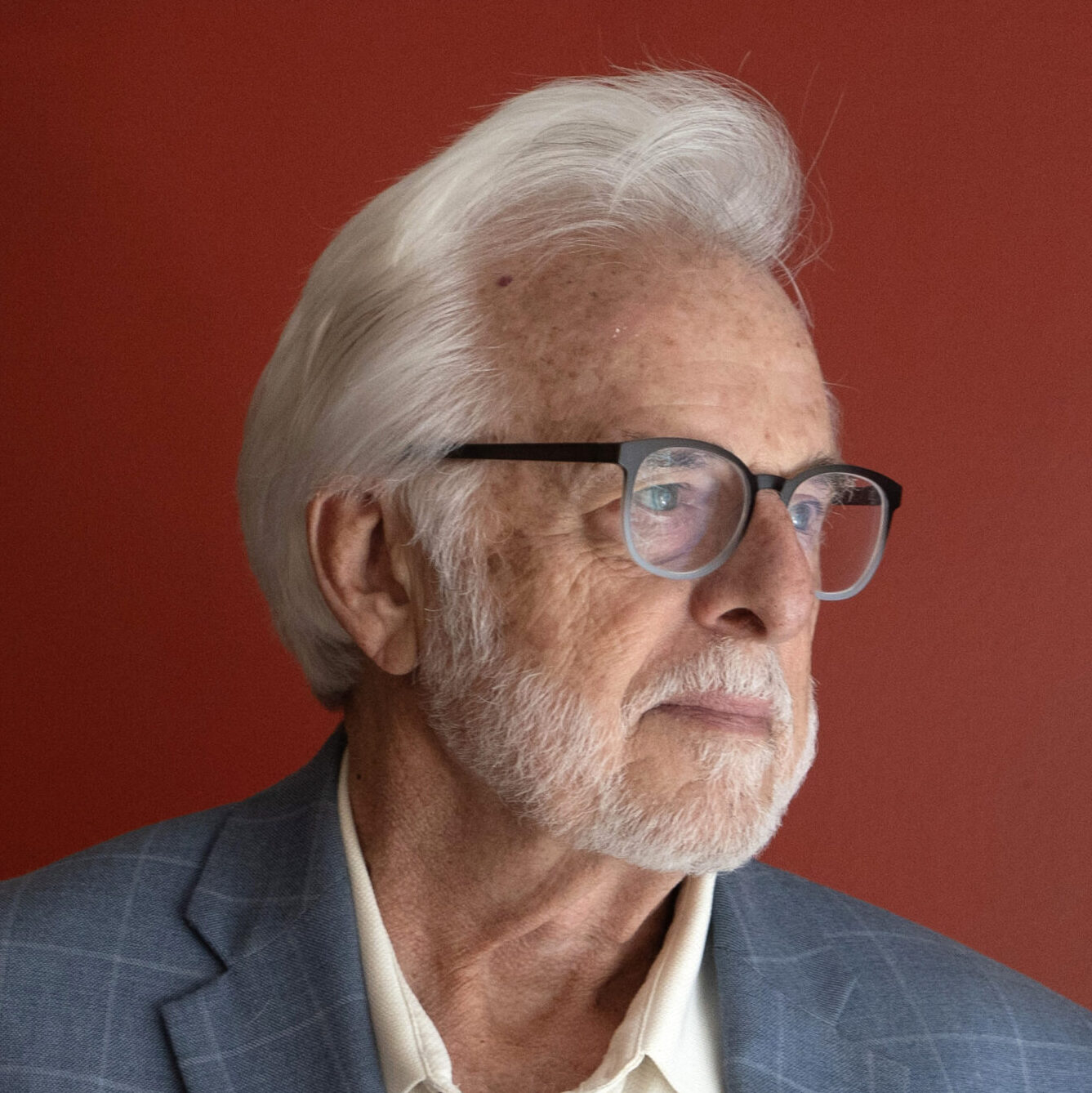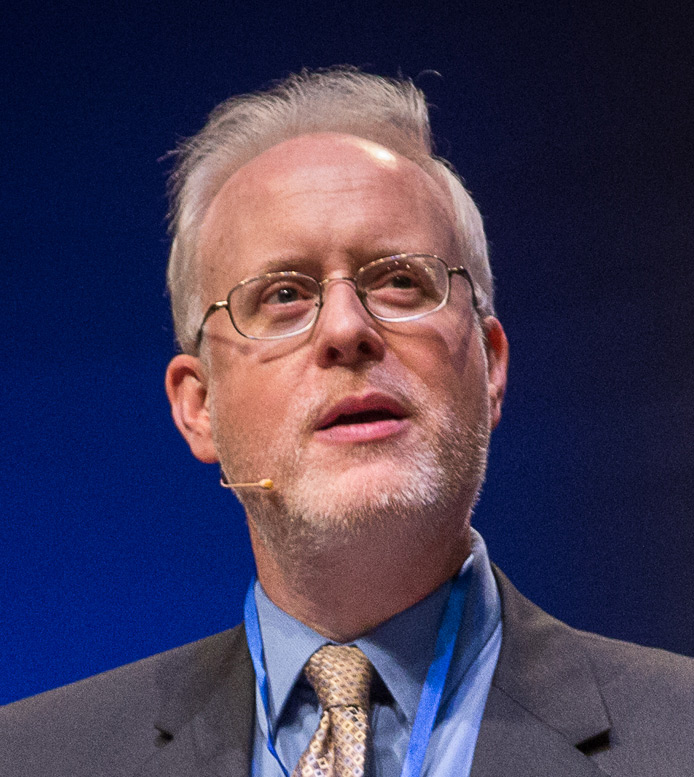Information is key to innovation, and a familiar question intelligent design asks is “Where does information come from?”
A major theme at COSM 2025, here in Scottsdale, Arizona, has been AI, and some sessions at COSM have worried that the huge energy cost of AI might cause collateral damage in the form of lost human jobs. According to some critics, AI’s energy use may prove so expensive that jobs will have to be cut just to fund our energy needs. But what if there are solutions on the horizon that could solve these energy problems, and what if the key to realizing these technologies is sharing information?
Compute-In-Memory
On Wednesday at COSM, Professor James Tour of Rice University discussed how “compute-in-memory” (CiM), which is a new and emerging technology that performs calculations directly in the memory, removes the need to transfer data between computer memory and processors. By taking this data-transfer bottleneck out of the equation, huge amounts of energy and processing time are saved.
Tour offered some striking statistics about the benefits of this approach:
- CiM can use 10 million times less energy compared to NAND flash technology.
- CiM is 1 million times faster than NAND flash tech.
- CiM yields a 90 percent voltage reduction compared to NAND flash tech.
- Compared to DRAM technology, CiM uses 1,000 times lower read / write energy.
Tour’s proposal is that as CiM technology is developed, we can progressively swap out older NAND flash and DRAM technology from the massive data processing centers that are currently being built to power AI, and replace them with CiM tech. He predicts that using newer more energy-efficient CiM tech could lower energy usage in a datacenter by 80 to 90 percent.
“If we stick with the same devices” we won’t realize these benefits, Tour said. But if we can “change out devices” we might be able to address the energy problem. In fact, swapping in newer tech could reduce energy-use not just in AI data centers but also in many other technologies, like your smart phone.
Distributed Computing: Laptop-Powered AI
Following Tour, Andrew Mayne of Interdimensional AI offered additional ideas for avoiding the costs of energy-hungry AI datacenters by distributing computing. According to Mayne, the future of AI might be found running on your laptop computer at home rather than sending AI queries to the cloud where they are processes in huge data centers. Yes, it may take a little longer to get you the answer, but it will still work and it will save huge amounts of energy.
To explain this model, Mayne used the analogy of “SETI at home,” which sought to process huge amounts of data coming from the Search for Extraterrestrial Intelligence (SETI) project on the home computers of altruistic citizens who wanted to help. SETI never found aliens, but they did develop a model of distributed computing that could be mimicked in AI processing.
According to Mayne, this kind of distributed AI computing “can use local models and let them run longer.” In the end you get the same result, though it takes a bit more time, and — importantly — it too uses less energy.
Flash Technology for Energy-Efficient Rare Earth Element Mining
Of course, critical to building all of the components to create these technologies will be obtaining huge amounts of rare earth elements (REEs). The problem, as Travis Langster (CEO, Tora Consulting) explained at COSM, is that the vast majority of our REEs come from overseas — largely from China. Here again, James Tour and his colleagues may have potential solutions.
In the past we’ve covered Tour’s method of producing “flash graphene” (see here or here), which uses electricity to rapidly superheat carbon to create a carbon-based graphene product that can be used in a myriad of materials. It turns out that this “flash method” can also be used for urban mining of old recycled tech components — a method of recycling e-waste also known as the “circular economy.”
Tour explained that we can take old, discarded tech like circuit boards or chips, put them through a similar “flash” process, and recover all kinds of REEs ranging from lithium to tantalum to indium, palladium, gallium, and even gold. The “flash” method allows you to easily “isolate the metals” from their components.
There are piles of e-waste — from circuit boards to electronic scrap — that are by far the richest sources of REEs. Steve Ragiel, President of Flash Metals USA, explained that compared to ore-based mining, the flash method uses far fewer steps, and far fewer toxic chemicals, and much less capital and energy. Tour added that their method of flashing recycled e-waste uses less water, zero acid, and is far more environmentally friendly.
But it turns out that the flash method can also be a useful method for treating ore. We can flash spodomene ore to more easily isolate lithium, or more efficiently extract iron from mine tailings called “red mud” through a flash process.
Information Sharing Is Crucial
Realizing all of these new technologies to solve our energy and raw materials needs will be challenging. But a comment from Professor Tour really stuck with me.
Tour noted that his lab “sits for hours and everyone shares information.” He continued: “We beat the Soviet Union not by keeping things concealed but by sharing information.” According to Tour an “open system of sharing” is “the way we’re going to succeed.”
This seems entirely consistent with Discovery Institute’s approach to technology, education, and intelligent design.
Discovery’s mission is “to advance a culture of purpose, creativity, and innovation” — and fundamental to this is free flow of information. Just as we’ve always observed that information is crucial to building new types of organisms, information is also vital to building new technologies. This is also inherent to Discovery’s commitment to academic freedom — i.e., information sharing on controversial scientific questions.
Only by sharing information and letting the best ideas win can we solve our technological needs and find prosperous pathways to the future.



